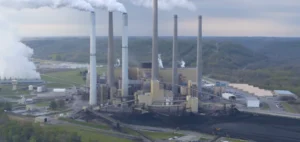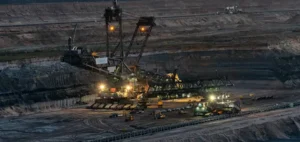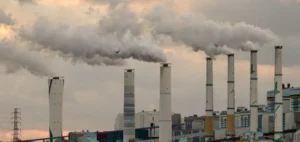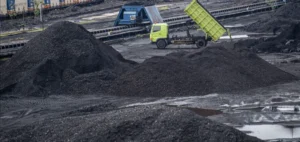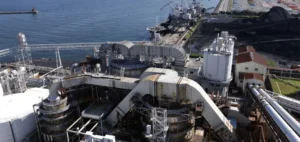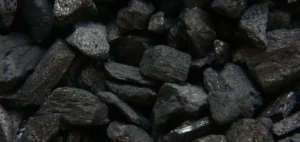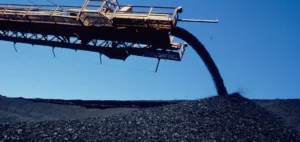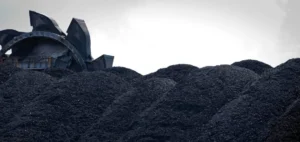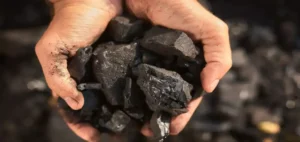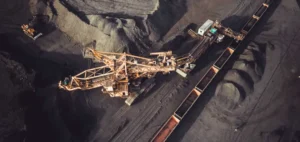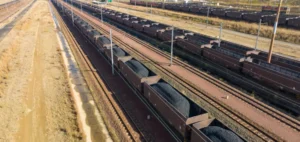The Russian government is extending the export duty exemption for thermal coal and anthracite until the end of 2024.
The decision, which took effect in May, was designed to ease the financial pressure on producers in the face of international sanctions.
Between May and August 2024, thermal coal exports reached 48.4 million metric tons, compared with 37.3 million tons in the first four months of the year.
Nevertheless, these volumes remain similar to those of the same period last year, suggesting that the impact of this exemption remains limited in the long term.
Asia, including China, Turkey, South Korea, India and Taiwan, has become the main market for Russian coal following the sanctions imposed by Western countries.
However, the extension of the exemption has not significantly altered trade flows, as many Asian importers are adopting a cautious stance in the face of political instability.
Chinese banks, for example, are beginning to restrict financing for Russian coal transactions, even though China remains the main buyer.
Chinese imports rose to 20.4 million tonnes between May and August, but remained stable compared with the previous year.
Sanctions and logistical challenges hold back the market
Western sanctions limit Russian producers’ access to traditional markets, forcing them to turn to Asia.
However, logistical constraints, such as the limited availability of railroads needed to transport coal from inland mining regions, complicate the situation.
High rail and sea freight costs erode margins, particularly for shipments to India and other distant markets.
In Turkey, despite the attractiveness of high-calorific coal from the Black Sea and Baltic regions, imports rose only slightly, from 6.1 million tonnes between January and April to 6.7 million tonnes between May and August.
However, this volume is below the 7.4 million tonnes imported during the same period last year.
The competitive cost of Russian coal is offset by logistical costs and growing uncertainties.
Positioning Russian producers in the face of Asian competition
South Korea remains a key market for high-calorific value Russian coal, particularly in view of the rising prices of alternatives such as FOB Newcastle 6,000 kcal/kg NAR coal.
However, South Korean imports of Russian coal, although up to 6.2 million tonnes between May and August, show a decline from the 7.8 million tonnes imported over the same period in 2023.
South Korean market players are keeping a close eye on sanction-related developments and adjusting their supplies in line with perceived risks.
For eastern Russian producers, the extension of export duty exemptions could offer a temporary margin of adjustment, particularly if Asian markets such as South Korea maintain their import levels.
However, volatile transport costs and supply constraints continue to weigh on results.
Margins for producers were between $0 and $5 per tonne before the exemption, with some companies even operating at a loss.
Outlook for Russian coal exports
Despite the extended exemption, transport costs, international sanctions and buyer caution are holding back demand.
Flows to India remain limited, with Indian importers showing little appetite for Russian coal despite improved margins following the removal of duties.
In addition, rail and port freight costs continue to affect the competitiveness of Russian producers on the world market.
The duty-free policy could nevertheless represent a moderate opportunity for some Russian producers if logistical restrictions are eased and sanctions do not worsen.
However, the long-term outlook for Russian coal exports remains uncertain in a market environment marked by complex geopolitical developments and increasing financial restrictions.



